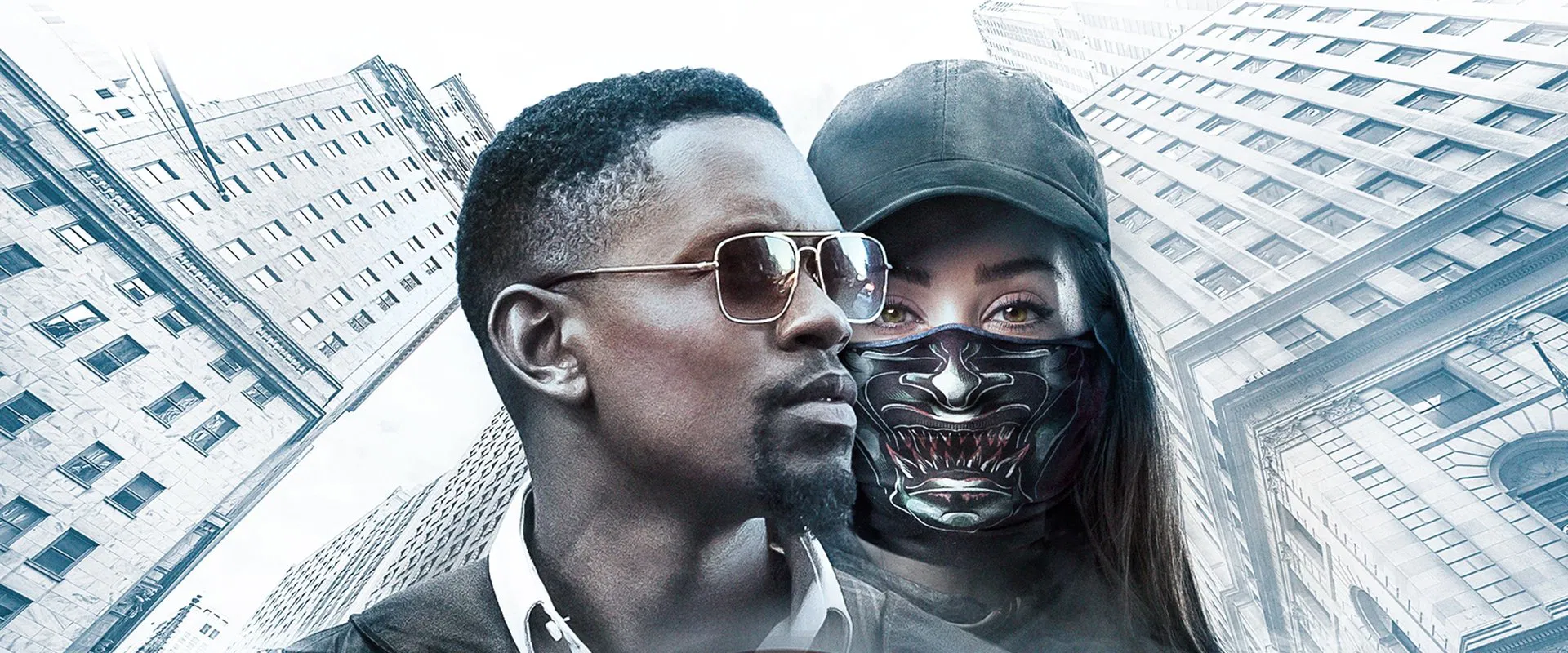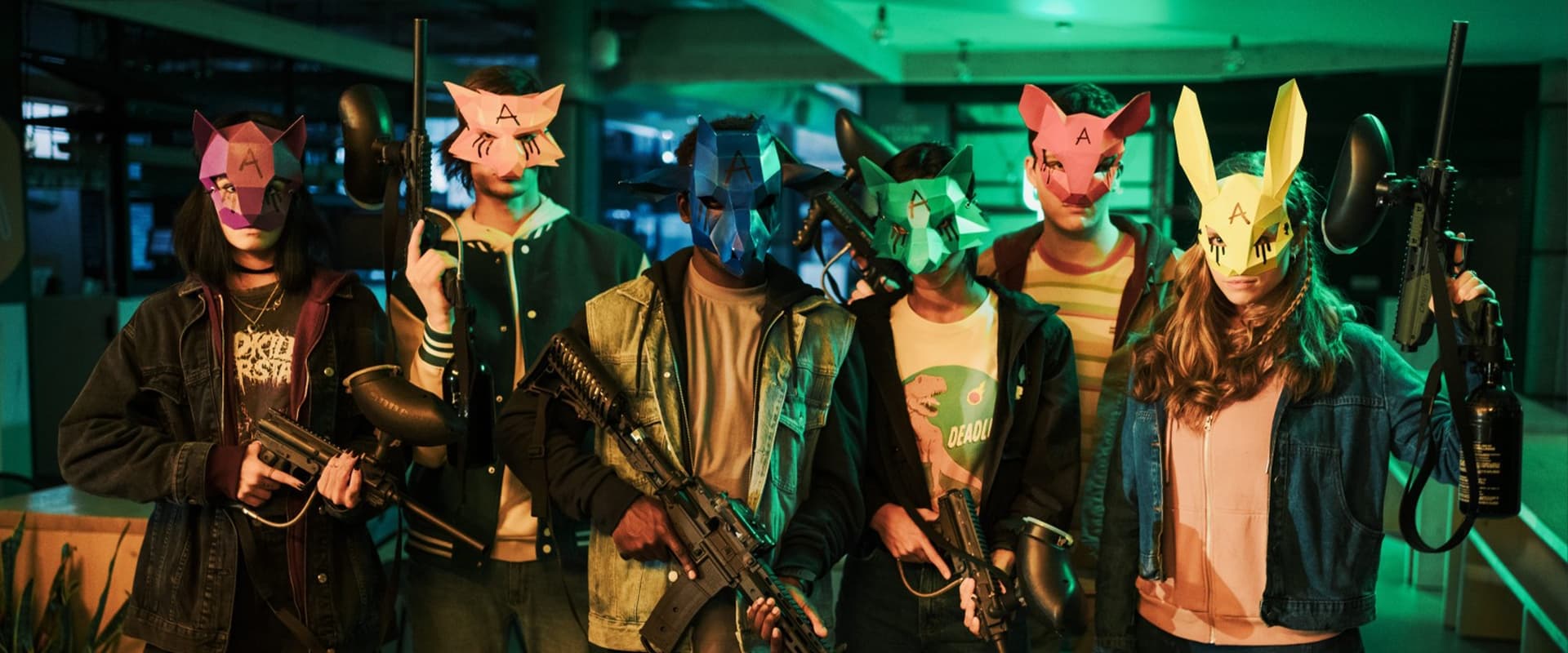If “Inside Man: Most Wanted” were a painting, you’d see the fingerprints of more talented artists beneath a slapdash coat of knockoff red—Money Heist jumpsuits, borrowed swagger, and all the desperation of a studio aching to wring one more drop from a well gone dry. What’s most astonishing is how a sequel about robbing the Federal Reserve manages to steal absolutely nothing from the intelligence, suspense, or style of Spike Lee’s superb original.
Let’s be blunt: in a season busily recycling its own blockbusters, you might hope—even halfway through the trailer—that somewhere, beneath the Netflix gloss and “catty girl talk,” lurked a clever idea or at least a pulse quickening with invention. But walk into “Most Wanted” and within five minutes you can smell the reheated leftovers—red uniforms lifted from “Money Heist,” a labyrinthine plot slathered in gold-leaf Nazi trivia, and actors posturing like soap opera extras on their lunch break. I wish I could say the film’s attempts to expand the “Inside Man” universe were valiant. The truth is they’re the sort of desperate, studio-noted franchise-building that makes you mourn what could’ve been had Lee, or screenwriters with a living pulse, been in the room.
What made the 2006 “Inside Man” sparkle—a playful, cat-and-mouse rhythm, Clive Owen and Denzel Washington crackling with mutual intelligence—was its sense of being at least two steps ahead of you and the other dozen heist films you’ve already seen. Here, the only thing advancing is your boredom: robbers explain their “ingenious” plan at every turn, characters exist to hold up signs giving you their motivations, and Aml Ameen, in the negotiator’s chair, mugs through his lines like someone auditioning for a slapstick reboot of “Bad Boys.” If Denzel Washington quietly owned his space with wit and grit, Ameen, perhaps directed to be a shorter, louder Will Smith, never lets you forget he’s acting, and acting hard.
Roxanne McKee, masked for half the movie and acting with little more than hypnotic eyes (they’re almost enough to make you forgive the flat dialogue orbiting her), is the lone bright spot—a reminder, fleeting as it is, that somewhere charisma and intrigue can still flicker below a bank robber’s balaclava. The rest—well, let’s just say the film relies on sound effects, loud music, and grade-school “twists” to paper over the fact that even its villainous Nazis, with heavy Germanic sighs, seem like they’d rather be anywhere else.
What stings most is how the film treats its audience not as co-conspirators, but as children needing every plot turn spoon-fed. Dialogue spells out intentions, alliances, and agendas with all the subtlety of a siren. You can practically see the guiding hand of someone, somewhere, counting on “brand recognition” and Netflix autoplay to carry the day. Had this been called, say, “Red Vault” and let disappear with the other direct-to-video flotsam, I wouldn’t be here nursing a sense of betrayal.
But to slap “Inside Man” on the tin, copy the plot beat for beat (robbers enter bank, take hostages, outsmart the cops with improbable ease), and claim the inheritance of a modern classic—well, that’s cinematic identity theft. Spike Lee’s film was alive with juicy, cunning, unpredictable energy. This one lurches along, propped up by flat performances, mirthless dialogue, and television-grade explosions, never earning a moment of genuine suspense.
If there’s one thing “Most Wanted” teaches, it’s that some heists can’t be forgiven. Next time, bring back Lee, hire writers who know what tension feels like, and stop trying to launder sequels through nostalgia. Otherwise, you’re not pulling off a caper—you’re just pickpocketing moviegoers’ time, and poorly at that.


